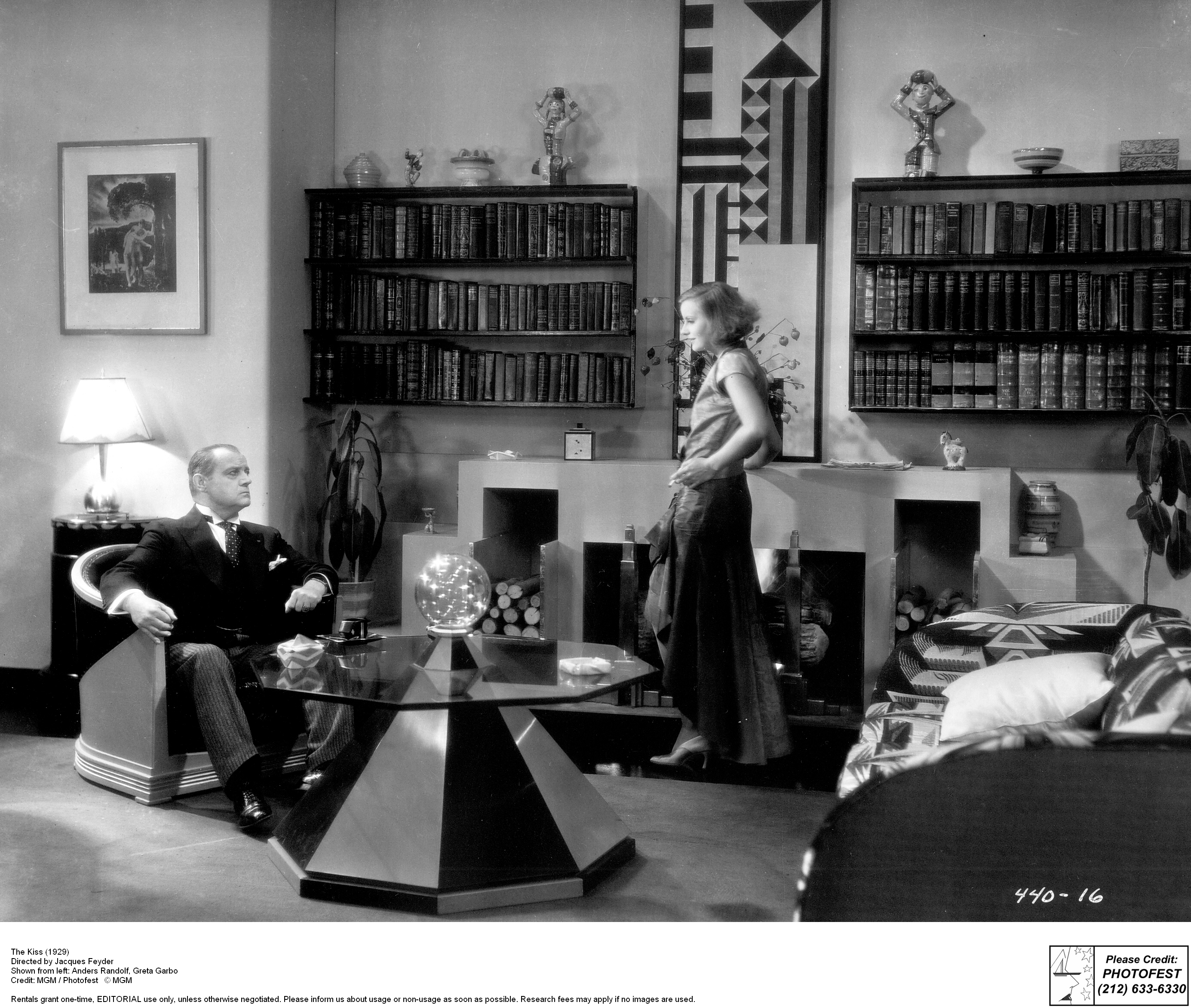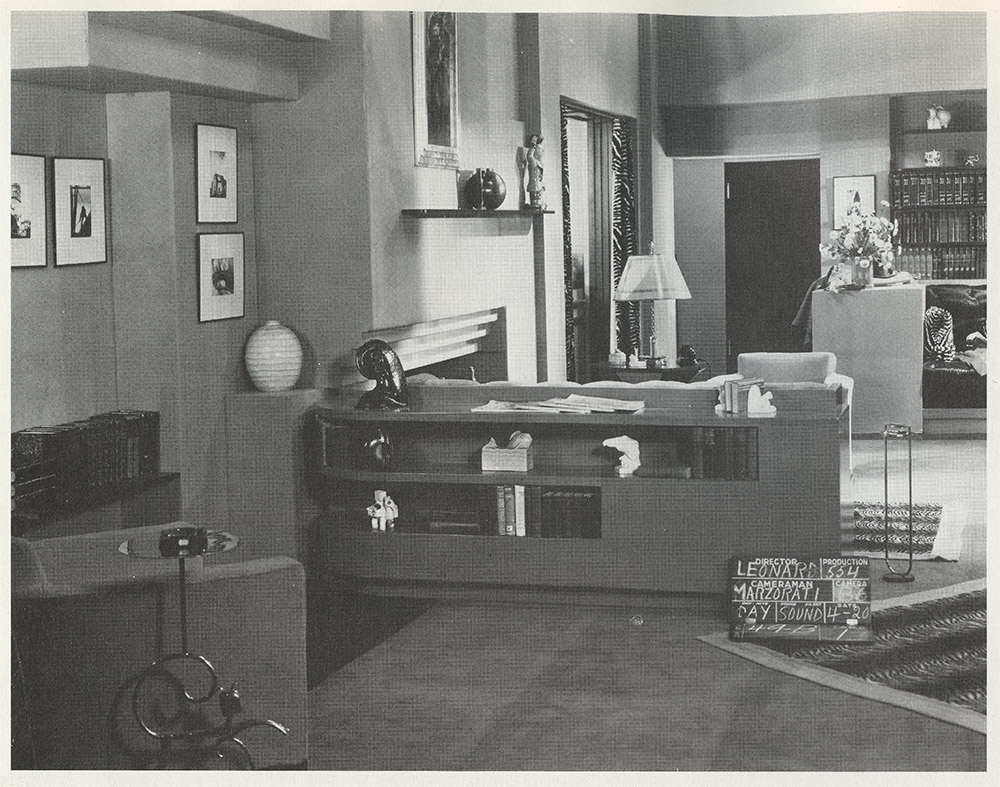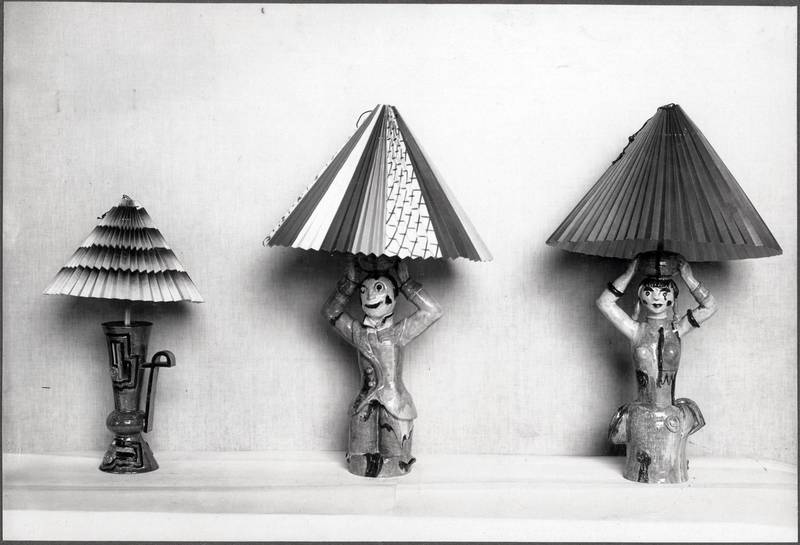- Art Home
- Exhibitions
-
Explore the Collection
- Explore the Collection Home
- African Art
- American Paintings, Sculpture and Drawings
- Contemporary
- Decorative Arts and Design
- East Asian Art
- European Paintings, Sculpture and Drawings
- Fashion Arts and Textiles
- Musical Instruments
- Indigenous American Art
- Photography
- Prints
- South Asian Art, Islamic Art and Antiquities
- Provenance and Cultural Property
- Conservation
- Meet the Curators
- Digital Resources
- Art Bridges Cohort Program
- Events & Programs Home
- Calendar
- Accessibility
- Adults
-
Families & Teens
- Families & Teens Home
- 10x10 Teen Art Expo
- Art on the Rise
- Art Together: Art Making for Families with Children Ages 3–5
- Boy Scouts / Girl Scouts
- CAM Kids Day
- Family Storytime and Gallery Walk
- Family Studio: Art Making for Families with Children Ages 6–12
- Games in the Galleries
- Members-Only Baby Tours
- Public Baby Tours
- REC Reads
- Rosenthal Education Center (REC)
- See Play Learn Kits
- Summer Camp
- Teachers
- Community Outreach
- Fundraisers
- Plan Your Own Event

- Art Home
- Exhibitions
-
Explore the Collection
- Explore the Collection Home
- African Art
- American Paintings, Sculpture and Drawings
- Contemporary
- Decorative Arts and Design
- East Asian Art
- European Paintings, Sculpture and Drawings
- Fashion Arts and Textiles
- Musical Instruments
- Indigenous American Art
- Photography
- Prints
- South Asian Art, Islamic Art and Antiquities
- Provenance and Cultural Property
- Conservation
- Meet the Curators
- Digital Resources
- Art Bridges Cohort Program
- Events & Programs Home
- Calendar
- Accessibility
- Adults
-
Families & Teens
- Families & Teens Home
- 10x10 Teen Art Expo
- Art on the Rise
- Art Together: Art Making for Families with Children Ages 3–5
- Boy Scouts / Girl Scouts
- CAM Kids Day
- Family Storytime and Gallery Walk
- Family Studio: Art Making for Families with Children Ages 6–12
- Games in the Galleries
- Members-Only Baby Tours
- Public Baby Tours
- REC Reads
- Rosenthal Education Center (REC)
- See Play Learn Kits
- Summer Camp
- Teachers
- Community Outreach
- Fundraisers
- Plan Your Own Event
Blog: CAM Uncovered
Blog: CAM Uncovered
- Home
- Plan Your Visit
-
Art
- Art Home
- Exhibitions
-
Explore the Collection
- Explore the Collection Home
- African Art
- American Paintings, Sculpture and Drawings
- Contemporary
- Decorative Arts and Design
- East Asian Art
- European Paintings, Sculpture and Drawings
- Fashion Arts and Textiles
- Musical Instruments
- Indigenous American Art
- Photography
- Prints
- South Asian Art, Islamic Art and Antiquities
- Provenance and Cultural Property
- Conservation
- Meet the Curators
- Digital Resources
- Art Bridges Cohort Program
-
Events & Programs
- Events & Programs Home
- Calendar
- Accessibility
- Adults
-
Families & Teens
- Families & Teens Home
- 10x10 Teen Art Expo
- Art on the Rise
- Art Together: Art Making for Families with Children Ages 3–5
- Boy Scouts / Girl Scouts
- CAM Kids Day
- Family Storytime and Gallery Walk
- Family Studio: Art Making for Families with Children Ages 6–12
- Games in the Galleries
- Members-Only Baby Tours
- Public Baby Tours
- REC Reads
- Rosenthal Education Center (REC)
- See Play Learn Kits
- Summer Camp
- Teachers
- Community Outreach
- Fundraisers
- Plan Your Own Event
- Give & Join
- About
- Tickets
- Calendar
- Exhibitions
- Blog
- Shop
Behind the Scenes in Curatorial: Movie Stars in the Collection
by Amy Dehan, Curator of Decorative Arts & Design
5/10/2019
behind the scenes , curatorial blog , art deco , decorative art and design
Recently, while working on a forthcoming project with ties to art deco and film, I was sifting through film stills from the late 1920s and early 30s. Much to my delight, I spotted some familiar faces—our Lamp Bases: Boy and Girl, created in 1928 by Viennese artist Vally Wieselthier.

Lamp Bases: Boy and Girl, 1928, Wiener Werkstätte (1903–1932), Vally Wieselthier (1895–1945), designer, Austria (Vienna), glazed earthenware, Gift of Mr. and Mrs. Charles Fleischmann in memory of Julius Fleischmann, 1984.4, 1984.5 [On view in Gallery 228]
The lamp bases, which shared the screen with Greta Garbo and Marion Davies, were designed and created by Vally Wieselthier, a principal designer at the Wiener Werkstätte (Vienna Workshop). Wieselthier is well recognized for her lively, modern representations of the human form in clay.
Historians estimate that by the end of the 1920s, three-quarters of the American population visited a movie theater every week. Using contemporary art and design in film was a means to sell this new style known as art deco to the public. It was a way to make it accessible and familiar and to create a desire for modern modes of living. Our lamps (or examples very similar to them) had roles this initiative.
Wieselthier made more than one version of these playful lamp bases. Pairs can be differentiated by the way in which she covered them in bright glazes. So, while our lamp bases might not be the examples observed in the film stills, they certainly are of the same family, and that remains exciting.

The Kiss (1929), directed by Jacques Feyder, credit: MGM/Photofest © MGM
In 1929, the lamps sit atop a pair of bookshelves near the fireplace on set for The Kiss. Produced by MGM, with art direction by Cedric Gibbons, The Kiss starred Anders Randolph and Greta Garbo. In fact, it was Garbo’s last silent film. Other ceramics, also likely Austrian, round out the décor.

Photo of Five and Ten with credit: Five and Ten (1931), directed by Robert Leonard, credit: MGM/Photofest © MGM
Two years later, a set test still for MGM’s Five and Ten, starring Marion Davies, reveals the boy lamp base on the fireplace mantel.
A testament to Wieselthier’s strong and delightful design, the lamp bases are used in both instances as sculpture, and not as a means of illumination. When used in a functional way, they may have sported fantastic paper shades like the ones seen in this archival Wiener Werkstätte photograph.

Photo of lamps with shades with credit: Lamp Stand with Handle, Half-length Male Lamp Stand, Half-length Female Lamp Stand, 1928, Wiener Werkstätte archive, Museum of Applied Arts (MAK), Vienna.
Cincinnati, OH 45202
Toll Free: 1 (877) 472-4226
Museum Hours
Museum Shop
Terrace Café
Library
The Cincinnati Art Museum is supported by the generosity of tens of thousands of contributors to the ArtsWave Community Campaign, the region's primary source for arts funding.

Free general admission to the Cincinnati Art Museum is made possible by a gift from the Rosenthal Family Foundation. Exhibition pricing may vary. Parking at the Cincinnati Art Museum is free.
Generous support for our extended Thursday hours is provided by Art Bridges Foundation’s Access for All program.

General operating support provided by:



